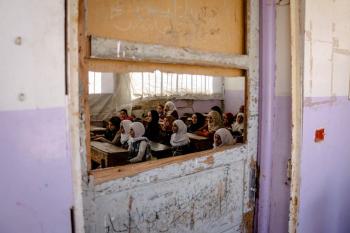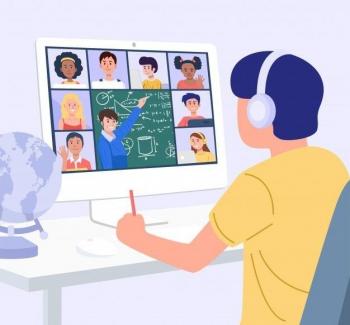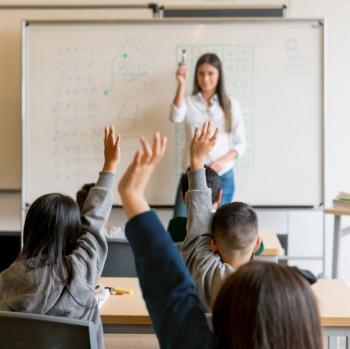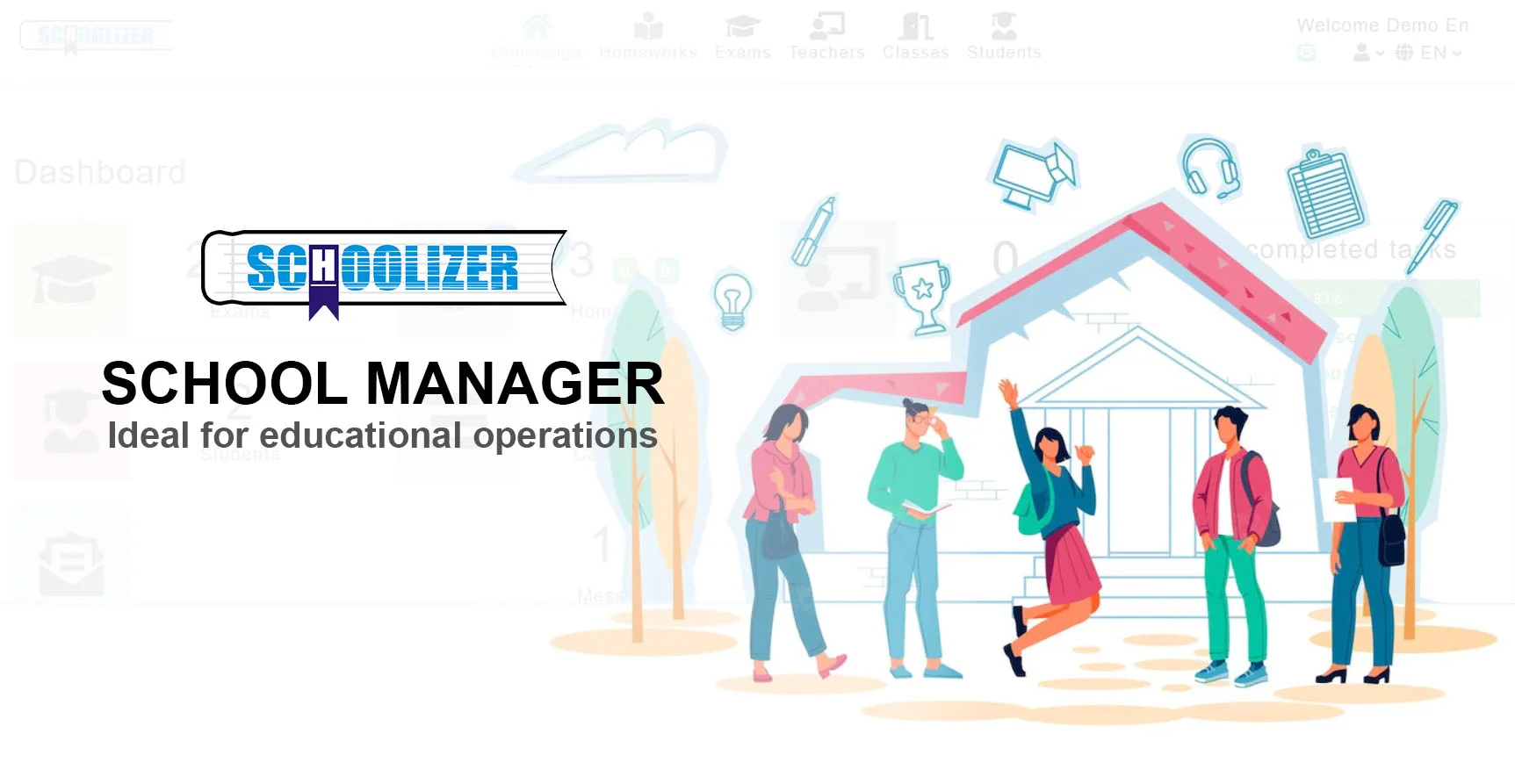Frozen Futures: How a $6 Billion School Funding Betrayal Is Crushing Students

The $6 Billion School Funding Freeze: A Cruel Betrayal of Students?
What happens when education funding is frozen while costs keep rising? Why are policymakers ignoring the growing needs of schools? How does this decision impact students, teachers, and communities? The recent decision to freeze $6 billion in school funding has sparked nationwide outrage, with educators and advocates calling it a "cruel betrayal" of students who rely on public education for their future.
The Funding Freeze: What's at Stake?
The $6 billion freeze affects critical programs like Title I, which supports low-income schools, and special education services under IDEA (Individuals with Disabilities Education Act). With inflation driving up operational costs, schools now face impossible choices: larger class sizes, outdated materials, or staff layoffs. For example, a rural district in West Virginia reported having to cut after-school tutoring programs despite rising student needs.
This decision comes at a time when pandemic-related learning losses still plague students, particularly in marginalized communities. Research shows that underfunded schools see lower graduation rates and diminished career prospects for students. The freeze effectively widens the opportunity gap.

Who Bears the Brunt?
Low-Income and Minority Students
Title I schools, which serve high-poverty areas, will be hit hardest. In cities like Detroit, where 90% of students qualify for free lunches, principals warn of "devastating" cuts to literacy coaches and college-prep courses. Data shows Black and Hispanic students are 40% more likely to attend underfunded schools.
Special Education Programs
IDEA funding covers essential services like speech therapy and classroom aides. A Texas school district already struggling with a $2 million shortfall may now eliminate 15 special education positions, leaving 200+ students without support.

The Ripple Effect on Teachers
Educators describe morale at an "all-time low." In Oklahoma, a veteran teacher shared that her district canceled promised raises while increasing health insurance premiums. Many report buying supplies out-of-pocket or working second jobs. Teacher turnover rates in underfunded districts have surged by 22% since 2020.
Practical consequences include:
- Larger class sizes (some exceeding 35 students)
- Elimination of arts and vocational programs
- Delayed technology upgrades despite digital learning demands

Policy vs. Reality: The Broken Promise
Lawmakers argue the freeze controls spending, but critics highlight contradictions. While schools face cuts, $8 billion was recently allocated for new prison construction. Advocates point to states like Maryland, where targeted investments in high-need schools boosted graduation rates by 11%.
A glaring example: California’s proposed $4 billion surplus could cover the funding gap, yet legislative gridlock persists. Meanwhile, parents in Los Angeles protest overcrowded classrooms where students share decade-old textbooks.

Grassroots Resistance and Solutions
From walkouts to lawsuits, communities are fighting back. Key strategies include:
- Advocacy campaigns: The #FundOurSchools coalition mobilized 50,000 letters to Congress in one month
- Local ballot measures: In Colorado, voters approved property tax hikes to supplement state funding
- Corporate partnerships: Tech companies in Austin adopted 12 schools, funding STEM labs
Experts urge long-term reforms like:
- Overhauling outdated funding formulas
- Mandating minimum per-student spending
- Increasing transparency in budget allocations

What Comes Next?
The freeze sets a dangerous precedent. Without intervention, analysts project:
- Loss of 120,000 education jobs nationwide
- 20% more schools falling into "failing" status
- Deepened inequality as families flee underfunded districts
As one student protester’s sign read: "Our futures aren’t disposable." The battle over these $6 billion will shape American education for decades.






